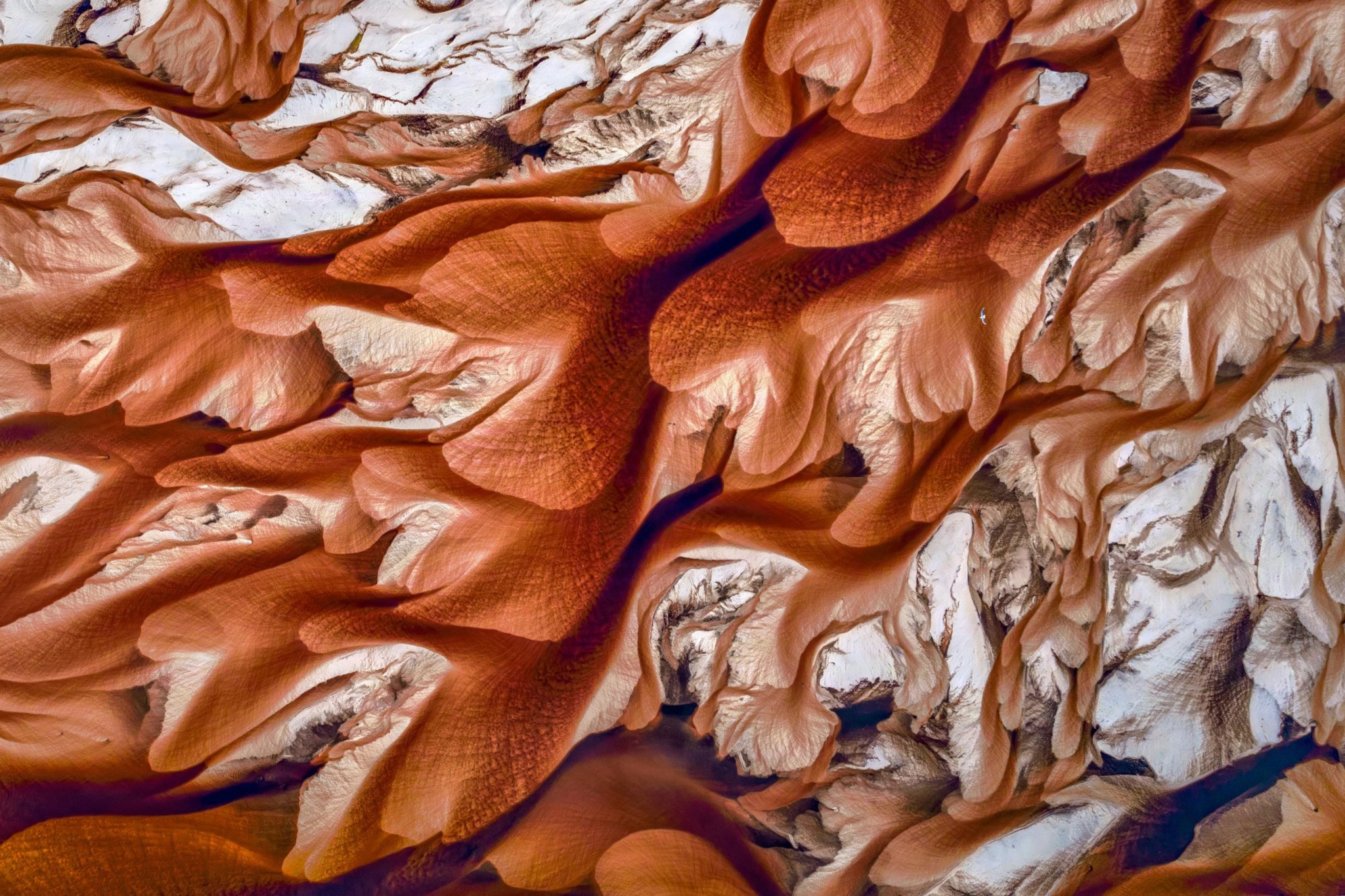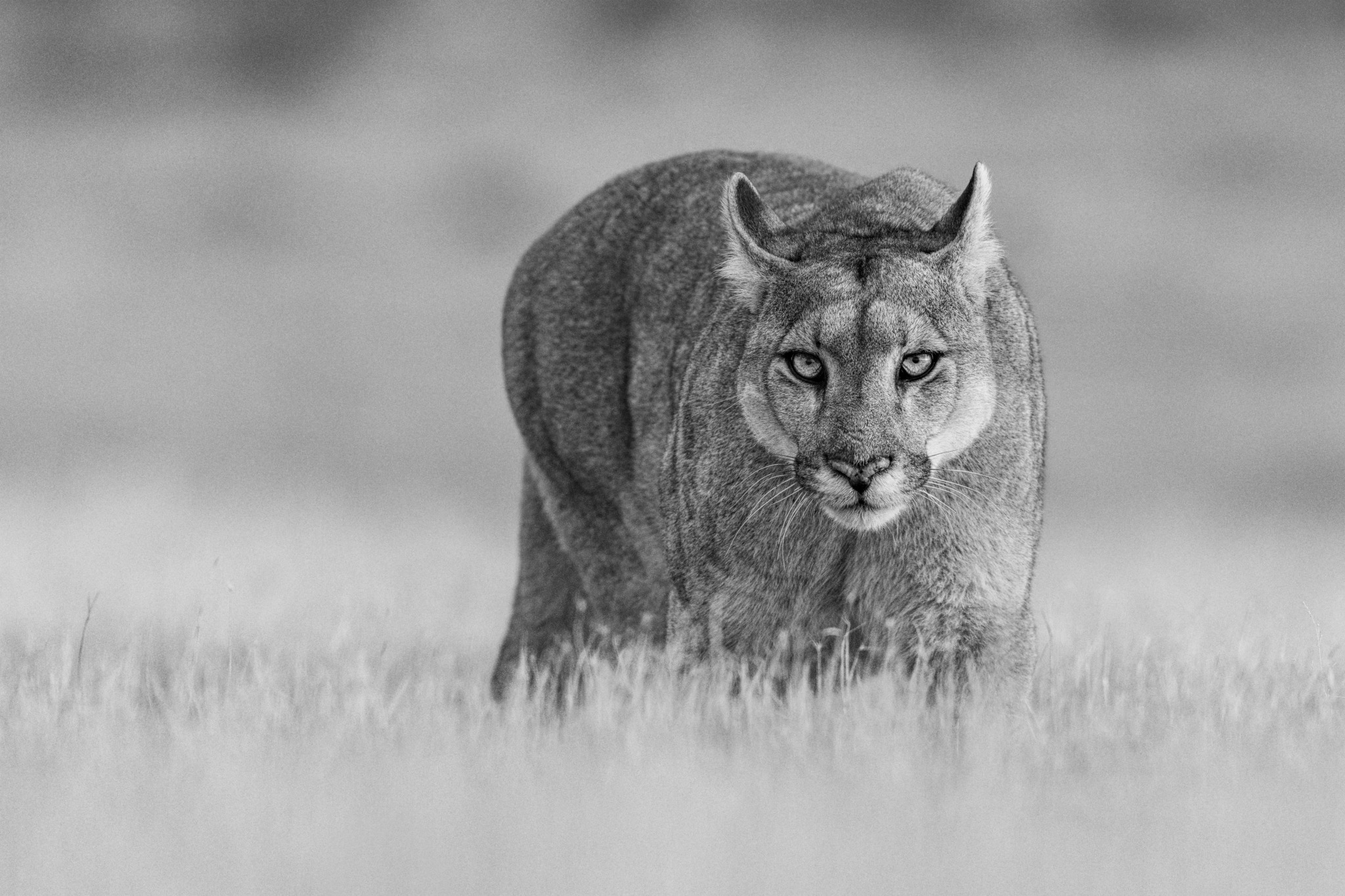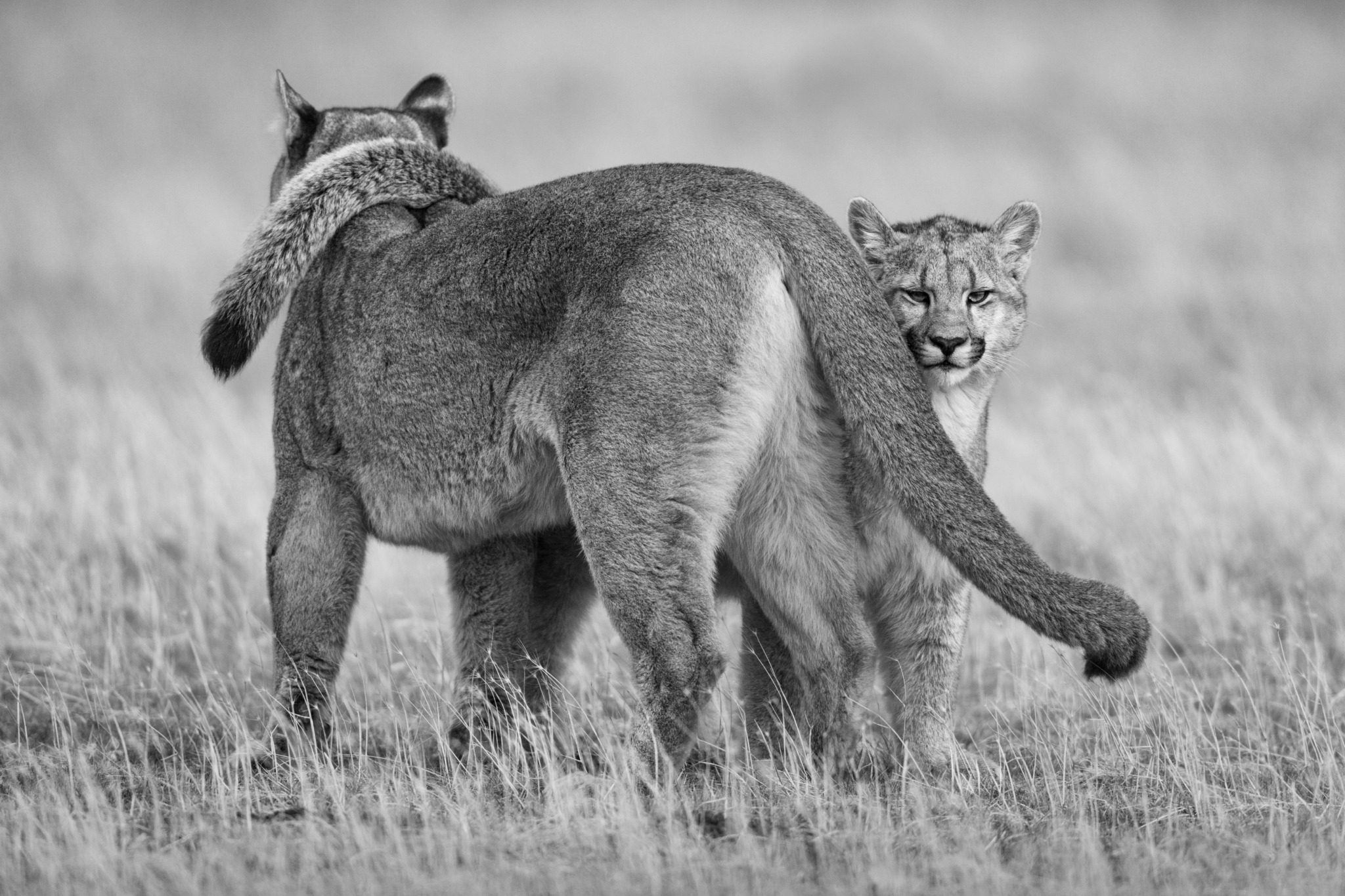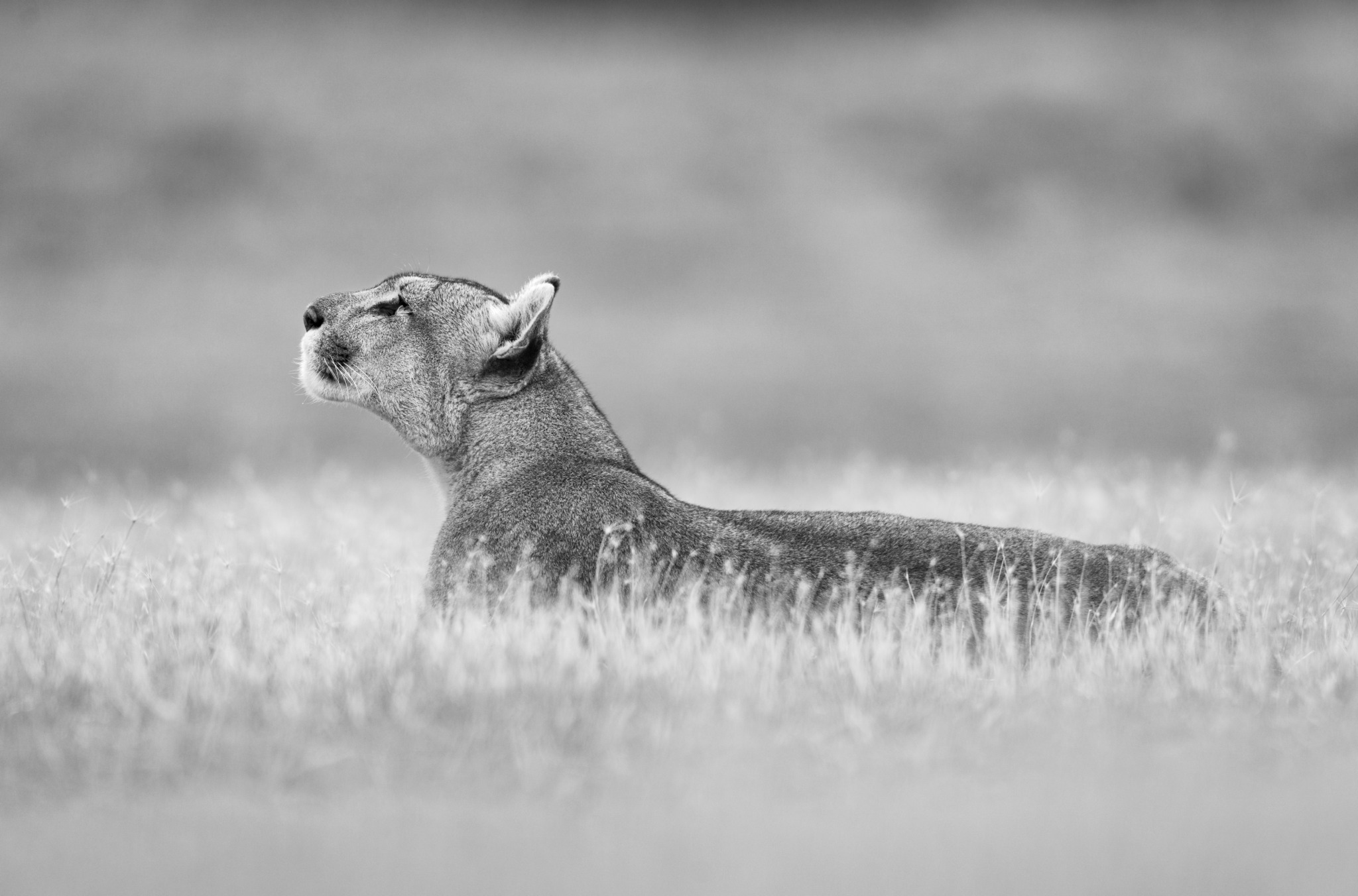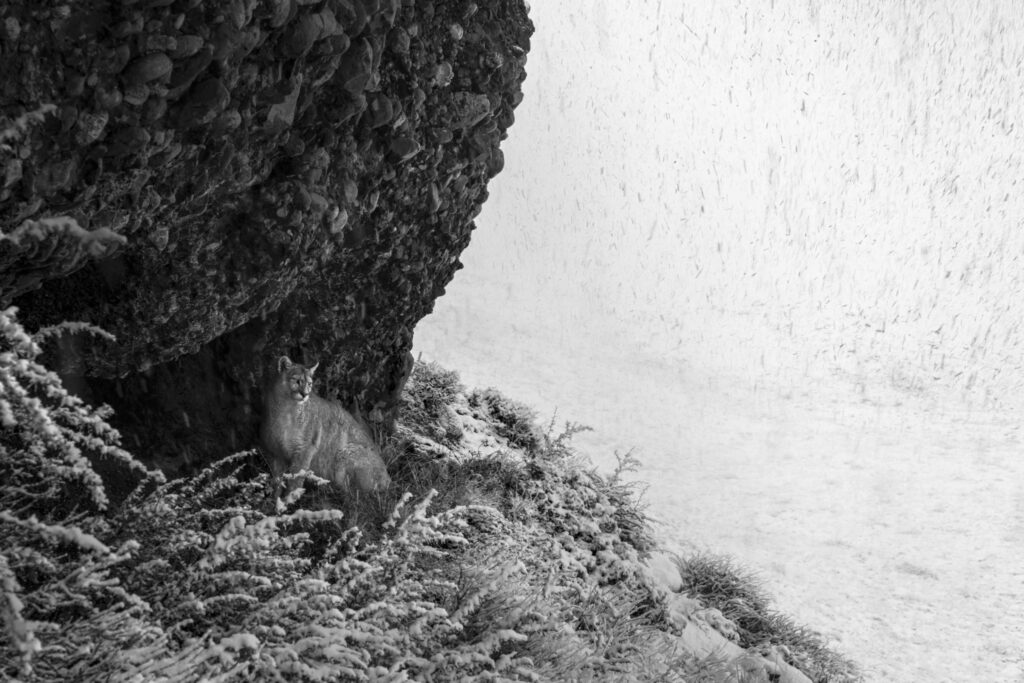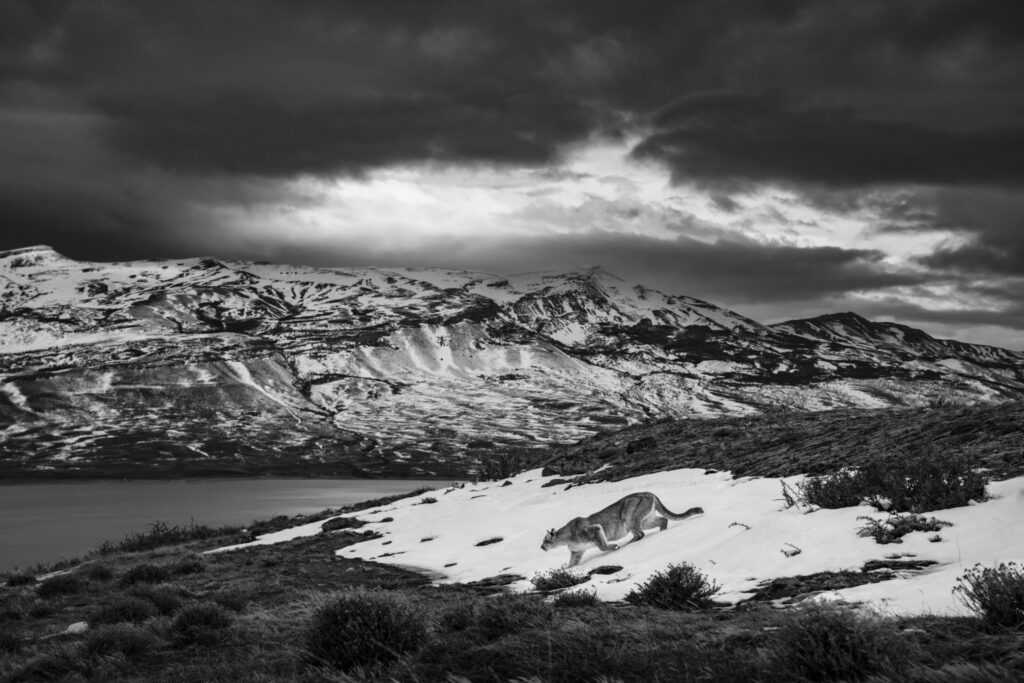“… and then, I have nature and art and poetry, and if that is not enough, what is enough?”
- Vincent van Gogh

Lençóis Maranhenses, Brazil, 2024
Most of my images focus on either close portraits of wildlife or compositions that tie them to the heart of their wild habitats. However, every so often I come across a landscape so vast and moving that it is nearly impossible to pass up the chance to explore it with my camera. Such was the case for the Lençóis Maranhenses National Park, a 600-square-mile mosaic of interlacing river systems, crystal lagoons, and endless stretches of undulating sand dunes gleaming under a relentless sun. What was meant to be a curious pit stop on my way to Patagonia turned into a soul-fueling artistic sojourn into one of the world’s most unique ecosystems.
Situated in the northeast corner of Brazil, the national park and recently-declared World Heritage Site is characterized by white sand dunes interspersed seasonally with rain-filled lagoons. Over 40 miles of beach dotted with fishing villages define the park’s eastern border, which slopes into the open expanse of the Atlantic. Winding, tannin-coloured river systems snake through the white dunes toward the sea and scattered pools of turquoise and jade embellish the textured canvas. To the west, the patchwork of desert and wetland give way to cerrado (grasslands) and forest before receding into agricultural lands.
Overwhelmed by the sheer scale of the park’s beauty, I decided the only way to fully appreciate its grandeur was from a bird’s eye view.
Up until recently, shooting aerials required climbing into a cramped Ultralight or Cessna with the door removed. However, with the age of drones and unmanned aerial vehicles (UAVs), the creative opportunities have expanded beyond the horizon. Keeping the drone low enough to pick up on the faintest details while still filling the frame with the full expanse of the mural below, I allowed my lens to roam freely over the terrain.
Every shift in the wind swept the everchanging canvas in a new direction, toppling delicate sandy peaks and stirring the glassy, blue-green waters. Veins of red, deep brown, and rust refracted across the landscape, dyed from tannins leaching into the waters from decaying vegetation. Weaving like a giant snake through the coastal lowlands was the long body of the Black River, its inky waters carving through the dunes to join the Parnaíba River in the northeast. It was almost too beautiful to look at directly. Each change in angle or altitude revealed another natural masterpiece latticing the crust of the Earth from horizon to horizon, leaving me dizzy from the effort of trying to frame it.
For thousands of years, humans have sought to replicate what they see in nature through every imaginable medium. Evidence of this can be found at sites such as the famous Chauvet Cave in France, which features animal paintings from the Aurignacian period, roughly 30,000 years ago. Artists across time and space, from the Upper Paleolithic to the Renaissance, have devoted their lives to studying nature’s handiwork, struggling to capture every detail in its proper place. Even with the advanced technology of my digital camera, I still feel that I can never quite do her beauty justice. How can an image capture the full depth of something as vast as our planet and as minuscule as the structure of a cell’s nucleus?
Nature’s artistry permeates all life on Earth in a way we can never truly translate into a print — but it has been the greatest privilege of my life to try.

With gratitude and hope for the future,


